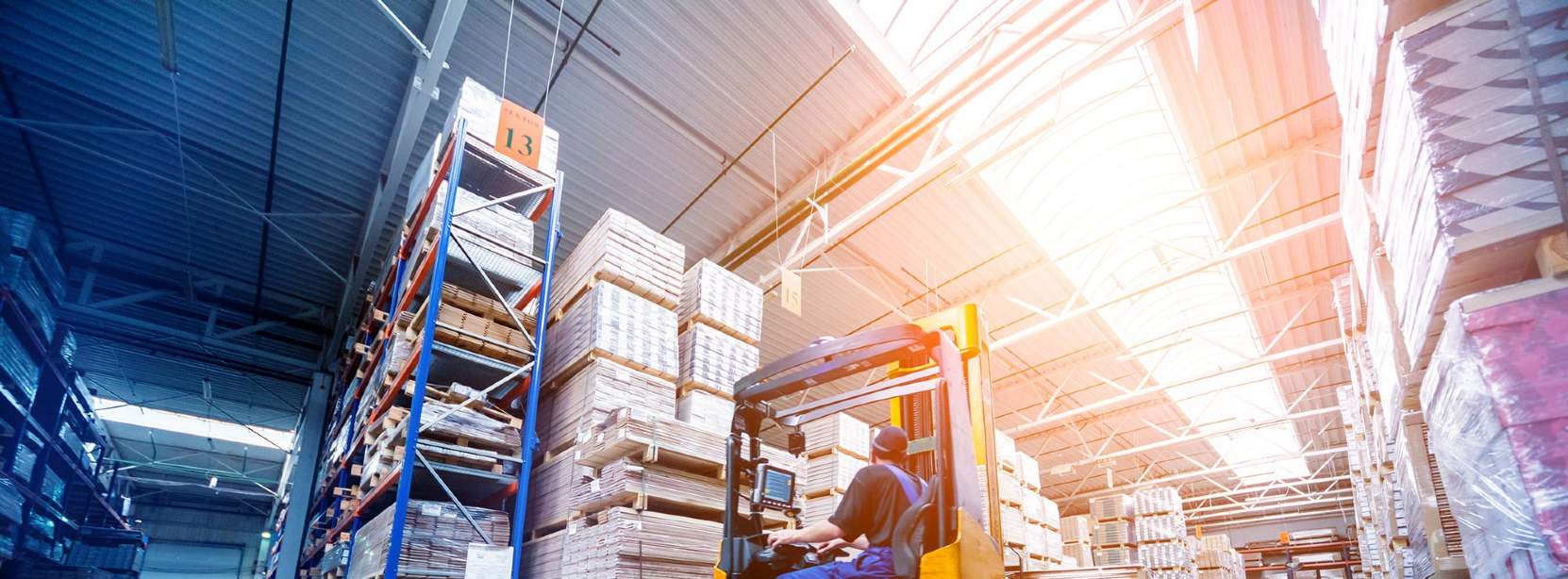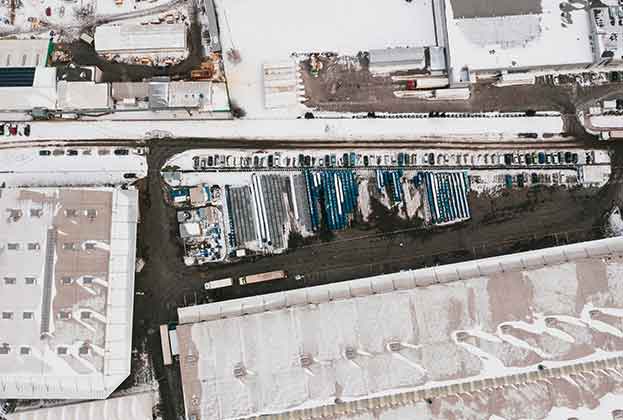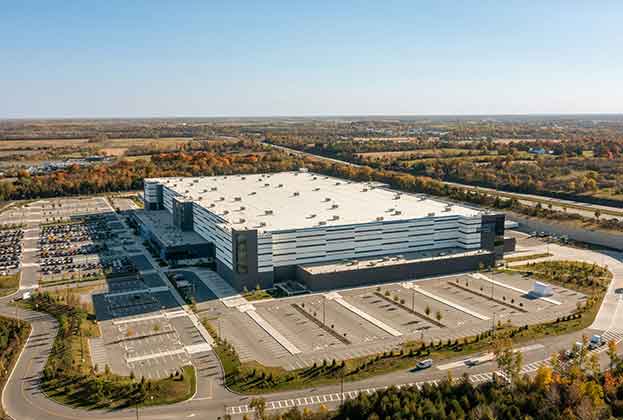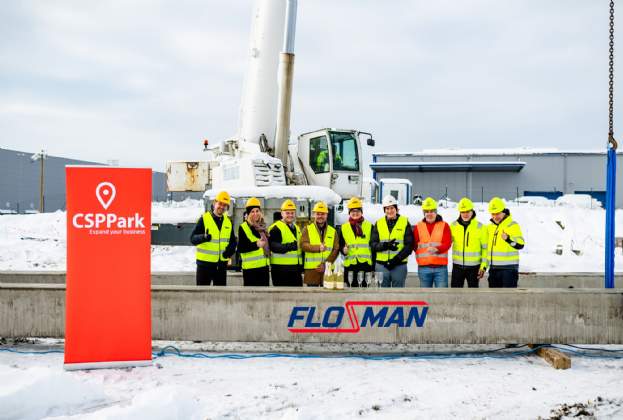According to Savills latest Impacts research, at EUR 5.30 per sq m / month, out of 54 markets analysed, Prague is one of the ten cheapest locations for renting a modern warehouse. In Europe only Antwerp (EUR 4.71 per sq m / month) and a number of submarkets in Poland with costs ranging between EUR 4.68 and EUR 4.98 per sq m / month are more cost-effective.
Looking more closely at the Czech industrial real estate market, there are a number of locations and regions that offer even lower warehousing costs than Prague. For example, the region of Ústí nad Labem and several locations in the Moravia-Silesia region have costs at around EUR 4.60 per sq m / month, which makes them cheaper than for example Poznan in Poland.
The benefits of lower costs compared to most European markets combined with the Czech Republic’s central European location, its great infrastructure and industrial history have played a major role in the development of the Czech industrial real estate market. For these reasons many companies have selected the Czech Republic as their European distribution centre as well as for larger manufacturing operations.
However, costs are just one piece of the puzzle and as the Czech Republic continues to have a very low unemployment rate, lack of labour is often pointed to by larger corporations and manufacturing companies as a limiting factor for their future growth. Similarly, following the supply chain disruptions caused by the Covid-19 pandemic, the limited availability of workforce has also been cited by some corporations who have looked at the possibility of relocating some of their off-shore operations back to the Czech Republic. In February 2021, the unemployment rate in the Czech Republic stood at 3.2 per cent while Poland was the country with the lowest unemployment in Europe at 3.1 per cent.
This long-term labour scarcity combined with continually decreasing availability of land suitable to build larger warehouses or factories, and lower vacancy rates, is encouraging companies to look at regional markets, where the unemployment rate is above the country average. Moravia-Silesia and Ústí and Labem are good examples for this, and in these regions companies can also benefit from government incentives.
At the same time, labour costs and the lack of availability of employees are some of the key long term factors motivating larger corporations to increase the level of automation and robotics they use. Furthermore, the cost of automation has been declining, technology is continuously improving and the recent Covid-19 experience resulted in many companies considering using more technology rather than humans in order to avoid future workplace infections and closures and to keep their operating costs down.
Robotics, in particular, is increasingly common amongst companies with more than 250 employees. According to data from Eurostat, the share of large companies in the Czech Republic that use industrial or service robots increased from 31 per cent in 2018 to 37 per cent in 2020. In the EU, the Czech Republic ranked third for robotics after Slovenia and Denmark. For those occupations that can be replaced by technology or where technology can make humans more productive, the rise of automation and robotics will make the lack of available workforce less and less relevant. Companies will steadily move towards adopting labour saving technologies and hiring selected skilled workers rather than many lower skilled workers. As a result, the industrial sector in the Czech Republic is expected to continue to go from strength to strength.








.jpg)

.jpg)